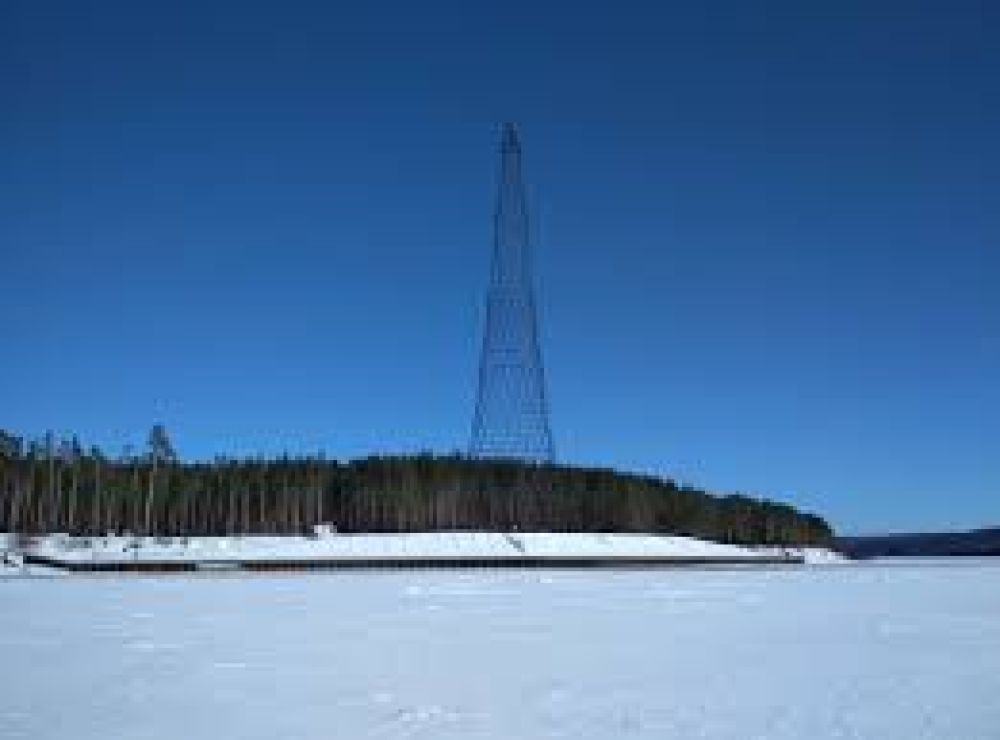

One of the striking examples of early modern engineering in Russia is the Shukhov Tower on the Oka River, located in Nizhny Novgorod. This hyperboloid structure, designed by the renowned Russian engineer and architect Vladimir Shukhov, was completed in 1929 and initially served as a transmission tower. While the early 20th century wasn't a significant period for tourism in the Soviet Union, the ingenuity and aesthetic appeal of the Shukhov Tower attracted visitors and design aficionados.
In the following decades, especially during the Soviet era, internal tourism was more about recreational visits to sanatoriums and state-approved locations rather than appreciation of architectural landmarks. However, post-Soviet Russia has seen a marked change, with historical sites such as the Shukhov Tower gaining momentum among tourist destinations.
It wasn't until the late 20th and early 21st centuries that the cultural and historical significance of the Shukhov Tower was fully recognized by both domestic and international tourists. The tower's unique structure, reminiscent of the Eiffel Tower yet distinctly Russian in its engineering and design, began to be celebrated as an important symbol of technological advancement and modernity in Russian history.
In recent years, the tower has been a focal point for those interested in industrial architecture and early Soviet modernism. Efforts to preserve the tower and recognize its architectural value have increased public interest and tourism to the site.
With the advent of the digital era and the growing interest in off-the-beaten-path travel destinations, the Shukhov Tower has seen a new surge in popularity. Today, it is often featured in travel blogs, social media, and documentaries, which highlights its intricate lattice structure and the panoramic views it offers of the surrounding area.
Sustainable tourism practices have also influenced how visitors interact with historic structures like the Shukhov Tower. There is growing interest in preserving such monuments as part of the cultural legacy and as examples of human innovation.
In response to recent trends, local authorities and tourism businesses have begun offering more organized tours, including detailed historical explanations of the site’s importance, and its role in the broader context of Russian engineering accomplishments. Educational events, exhibitions related to Shukhov's work, and engineering feats are also becoming more common, drawing a crowd that is interested in both the aesthetic and intellectual elements of the tower.
Despite its status as a significant landmark, the Shukhov Tower on the Oka River is not as heavily visited as other tourist attractions in Russia. This grants it a sort of ‘hidden gem’ status among cultural heritage sites, making it particularly appealing to those looking for a unique experience. However, its relative obscurity is also a reminder of the challenges it faces in terms of preservation and recognition. In recent times, there is an increasing call for measures to protect the tower and ensure its longevity, which intertwines with the promotion of the site as a tourist destination.
As the world moves towards more authentic travel experiences, landmarks like the Shukhov Tower are set to become increasingly popular. There is potential for continued growth in tourism, especially as Russia looks to diversify its appeal to international visitors beyond the traditional hotspots like Moscow and St. Petersburg.
Efforts to nominate the Shukhov Tower for UNESCO World Heritage status are promising signs that its significance will be preserved and recognized on a global scale. This would undoubtedly lead to an increase in tourism activity and provide opportunities for the region to develop its tourism infrastructure accordingly.